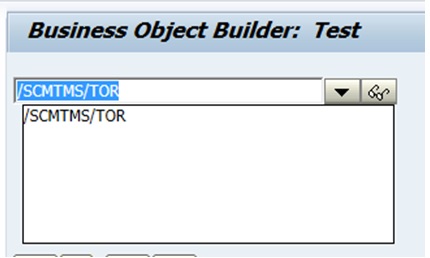How to use condition base filtering for FU selection on the Transportation Cockpit
On TM implementations sometimes you need to select FU stages on your transportation cockpit based on fields that are not available as selection values in the additional selection attributes, using condition base filtering. On this example I will describe a selection for a Z field in the TRQ, but the same logic could also be extended for standard fields as well. This post complements what is described on the SAP note 2384474 - TC: How to use Condition-based filtering in additional selection attributes. In this example you add new fields were to the TRQ (fowarding order), and these fields should be considered as a selection criteria for FUs. First you create an additional selection attributes in your selection profile (remember that this selection profile must be assigned to your transp cockpit profile), and that is how the condition-based values tab should be set Remember to user condition type /SCMTMS/TOR_GENERIC, and that is how this condition should be set You must create a c





